Aglaonema "Silver": description of varieties, home care
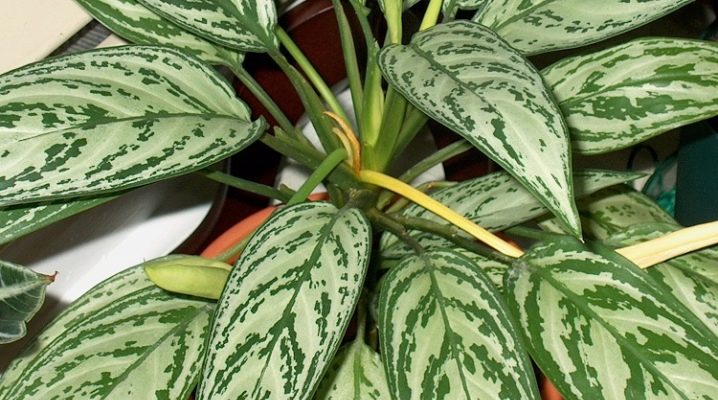
Aglaonema is a plant that only relatively recently was introduced to the conditions of the domestic environment. This article discusses the nuances of crop care, as well as a description of the most famous plant varieties.
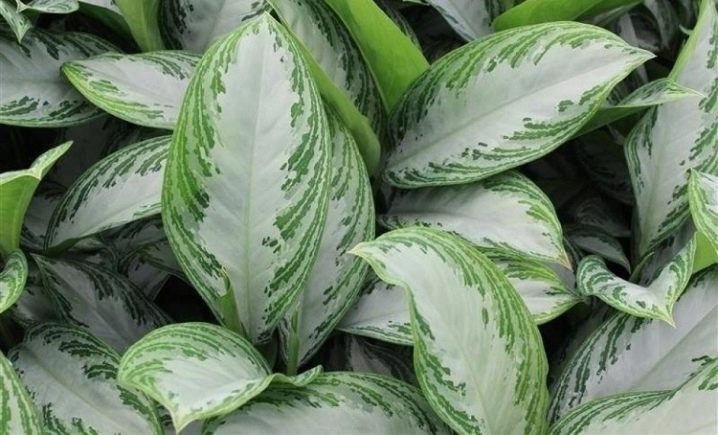
Growing features
Home care for different varieties of aglaonema is the same. The main principle is to grow the plant indoors. Of course, this is optional, but if you decide to move the aglaonema to the open air, you need to create a special atmosphere for it.
- Capacity and soil. It is recommended to plant a young plant in a container with a diameter of no more than 15 cm. After that, the pot is placed in an even larger container, which contains a mixture of moss and peat. For this soil, constant moisture is maintained. In the spring, aglaonema is determined for a permanent place.
- Illumination. These plants tolerate light changes neutrally, so they are most often placed in a well-lit place. This slightly stimulates the growth of the plant, although it does not significantly affect the process.
- Temperature and humidity. The plant is able to withstand a decrease in the heat level to +10 degrees, but high humidity is a prerequisite for the growth and development of a flower. The optimal temperature regime is 14-16 degrees Celsius with moderate humidity. In the summer - 20-24 degrees above zero with high humidity.
- Watering the plant is carried out twice a week. In winter, irrigation is required less frequently.
In the absence of the required level of humidity, it is necessary to moisten the leaves of the plant from a spray bottle.
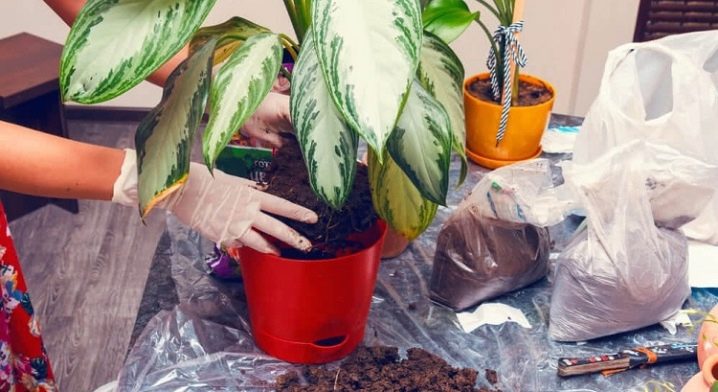
Diseases and pests
A plant of any variety can be affected by the same pests and diseases. This is explained by the fact that the varieties of the houseplant have only external significant differences.
- Spider mites often appear on the plant. This happens due to dry air or, conversely, excessive humidity. The weakness of the sheets, the appearance of a cobweb - this is what can be used to determine the presence of this parasite. They get rid of it mechanically: by washing the sheets with soapy water.
- Aphids are capable of infecting only immature plants. It is determined by the method of checking the sheets. Twisting of the ends, loss of pigment - these are the consequences of damage to the plant by aphids.
- The mealybug is removed in the same way as the spider mite. It is determined by the untimely falling of the sheets and the loss of their elasticity.
- Abundant moisture leads to yellowing of the sheets. The same applies to the lack of heat in the room. To eradicate the problem, it is necessary to reduce the amount of irrigation, change the location of the plant.
- Folding sheets into a tube is a consequence of drafts. Also, if the plant is exposed to direct sunlight, then brown spots appear on the leaves, after which the ends begin to curl.
- Aglaonema, like any other plant, can rot. The reason for this is too much watering. To fix the problem, you need to reduce the number of waterings. It is also advisable to wipe the sheets after each irrigation process.
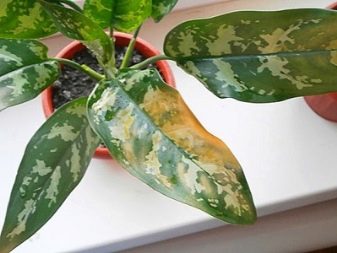
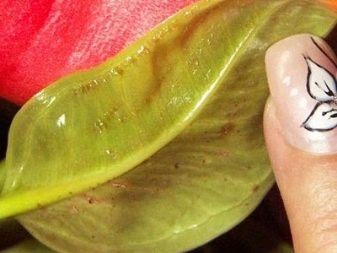
Aglaonema juice is poisonous. Therefore, when working with this plant, you need to remember about safety measures: protect open skin areas, watch out for juice in the eyes.
Varieties
The most widespread among florists are such varieties of aglaonema as Silver Bay, Silver Queen, Silver Frost and Silver King. They were obtained only in the last decades of the 20th century. Let's consider them in more detail.
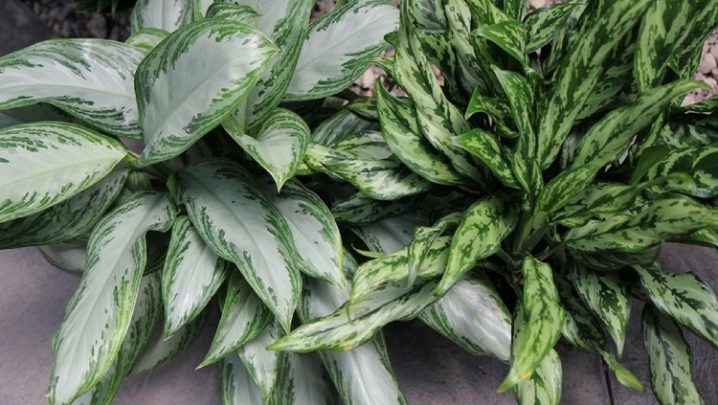
Silver Bay
This variety has an unusual leaf shape - more rounded than that of its counterparts. "Silver Bay" has a flower, but against the background of bright green leaves with gray spots, it is almost invisible. The culture does not grow quickly, but reaches a height of 1 meter. Leaves range in size from 25 to 35 cm. This Anglaonema variety loves the space it needs to grow.
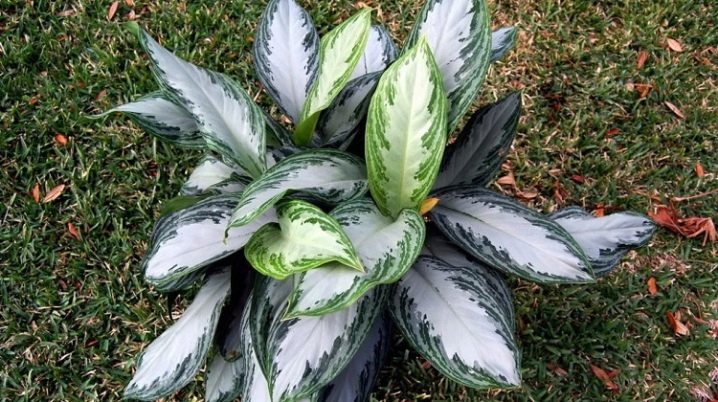
"Silver Queen"
This variety is characterized by a relative diminutiveness, its leaves reach only 15 cm.On each leaf you can find beautiful silvery spots.
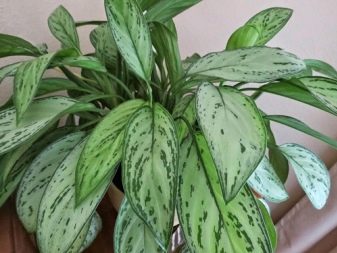

Silver King
This representative of the aglaonema is quite compact. Due to the many hybridizations, there are representatives that reach a length of only 0.4 meters. The color range of the plant is richer than that of its counterparts. The culture can be either green or red.
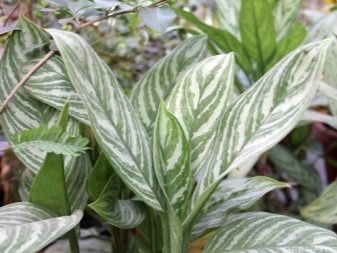

Silver Frost
This variety has broad leaves. On the dark green foliage, gray streaks are visible. The plant does not grow to large sizes, but this gives it an advantage in growth rate.
Aglaonemes continue to grow and develop during the first 3 years. Despite their size and some of the nuances of care, these flowers are very popular among connoisseurs of home greenery.
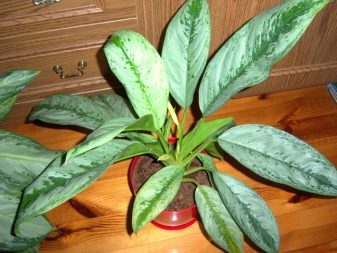
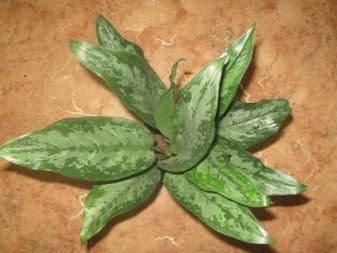
For information on how to care for an aglaonema, see the video below.

























The comment was sent successfully.